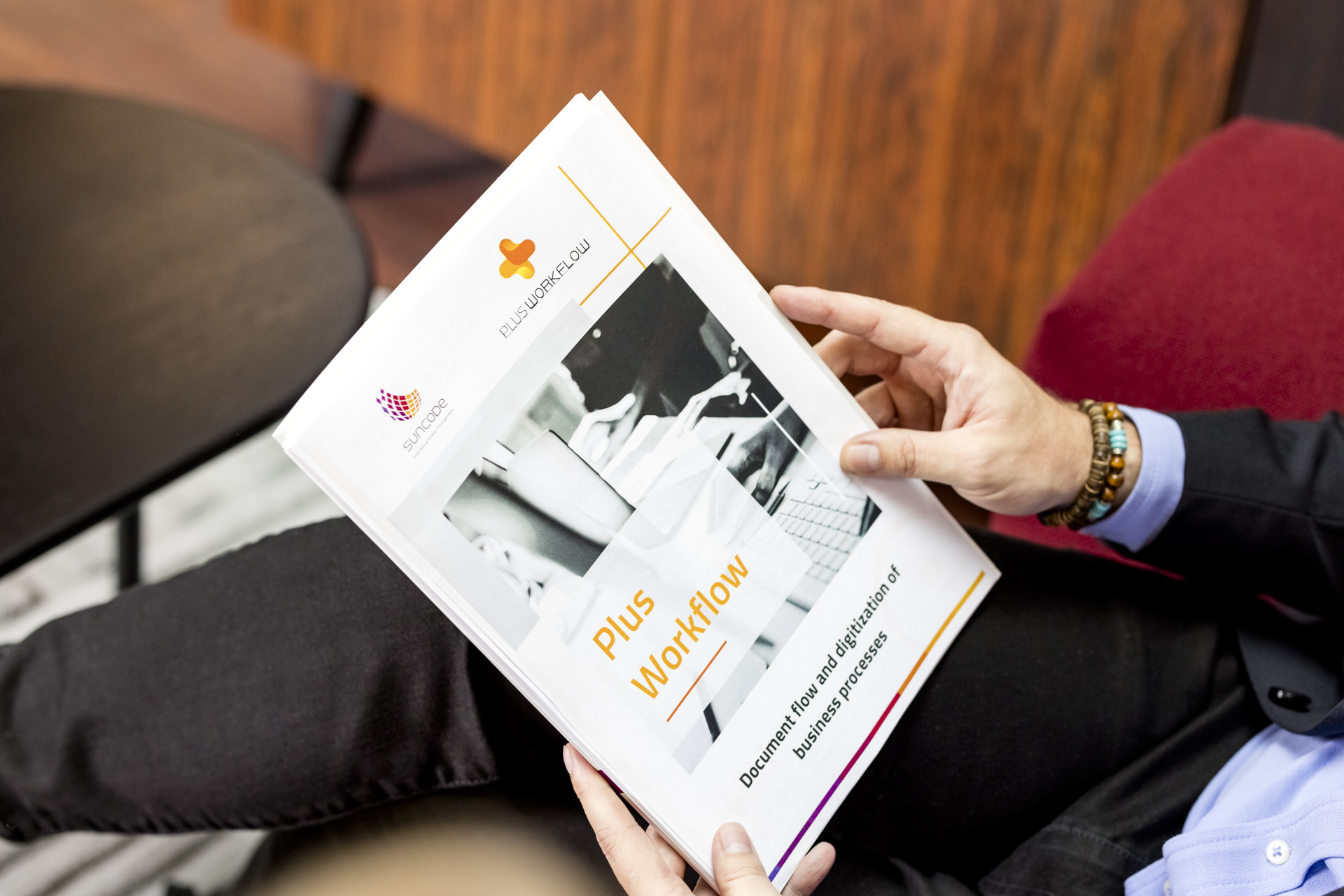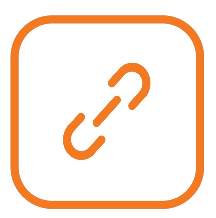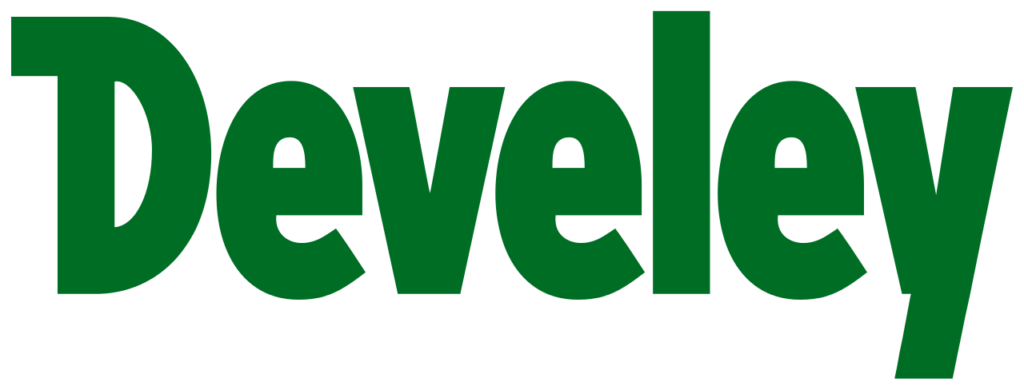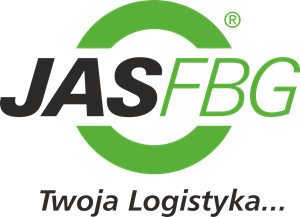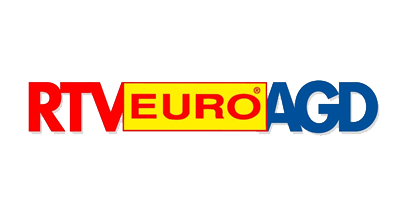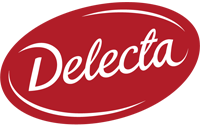Effective management of fixed assets and enterprise equipment


Fixed assets such as machinery, equipment, vehicles and real estates, as well as intangible assets, i.e., e.g., licenses, subscriptions, etc., are an important part of the assets of many companies.Effective management of them is crucial to maintaining financial stability and ensuring competitiveness in the market. However, in the face of increasing operational complexity and a dynamic business environment, traditional methods of managing fixed assets often prove insufficient.
Therefore, companies are increasingly opting for modern solutions optimizing fixed asset management. Support in this regard turns out to be Workflow class systems, which allow efficient recording of the company’s equipment, while providing greater security and full control.
Fixed and low-value assets in Plus Workflow
In the Plus Workflow system have been reflected processes that improve the management of fixed assets and equipment of the company. The focus is on making the solution comprehensive and universal. The functions outlined below not only enable effective monitoring and control of fixed assets, but also introduce a number of operational, financial and strategic benefits for the company.
- Registration of fixed assets and equipment
The task that begins the management of the company’s equipment in the Plus Workflow system is entering data about the company’s fixed assets and equipment by completing a dedicated form. An authorized user registers a new asset and then generates special barcode tags. They enable quick identification of a given asset and, after scanning, give immediate insight into its technical parameters. Printing of the tags is possible with a Zebra printer or a traditional A4 printer. The main duty of a user registering a new fixed asset or piece of equipment is to label it with the generated tags, and then complete the task in the system. It is worth noting that the person who creates the asset becomes its owner in the structures of Plus Workflow, which guarantees him not only a full view of the registered elements, but also gives the ability to print new tags, if necessary.
Importantly, this process can be linked to the electronic flow of invoices process, thanks to which the Plus Workflow system can independently and fully automatically collect data from the invoice, and then create a new fixed asset on their basis.
- Creating the equipment card
With the registration of a fixed asset in the system, the user creates an equipment card for it. It contains all technical data and details related to the operation of the asset or piece of equipment. Data such as the name and type of equipment, factory number, location, manufacturer, year of manufacture and date of commissioning, purpose, as well as the date of the next inspection are entered into the form. This is important because the system allows you to conveniently report a breakdown or order a periodic inspection or overhaul, while having a full range of information about the fixed asset at your disposal.
- Transfer of a fixed asset
Aware of the changes taking place in companies, we wanted to simplify the management of fixed assets as much as possible, while maintaining the highest level of security. Therefore, a separate fixed asset transfer process has been created, allowing the change of owner in the system. To minimize the risk of errors or oversights on the behalf of employees, only the system administrator has the permissions to perform this action. The user who is going to become the new owner of the fixed asset must agree to this, which takes place via a form in the system. The process itself is simple, and the data acquired during the change is stored in Plus Workflow, so there are no doubts or understatements in this regard.
- Liquidation of a fixed asset
The process of an asset liquidation is realized from the level of the equipment card, thanks to which it runs smoothly and seamlessly. An authorized user indicates on the equipment card the need for liquidation from the records of the selected asset. After approval of the liquidation action, an appropriate protocol is generated. The indicated fixed asset or piece of equipment is then removed from the system, and the entire inventory is updated.
Importantly, the fixed asset recording system in Plus Workflow has also been equipped with additional functions to facilitate equipment management. The information collected in the secure structures of the system allows generating reports, analyzing in detail the status of fixed and low-value assets, which simplifies the preparation of inventories or checklists.
The implementation of processes for the electronic management of fixed assets and equipment in a company is therefore a key element in the effective use of fixed assets, enabling their effective monitoring, control and optimization. In addition to streamlining processes, the Plus Workflow system offers a wide range of other benefits, such as increased information availability, improved regulatory compliance, minimized risk of errors and enhanced data security. Consequently, this leads to better financial and operational performance of the company and guarantees it a strong position in a dynamic, competitive market.

